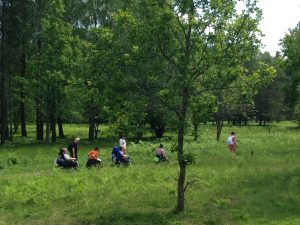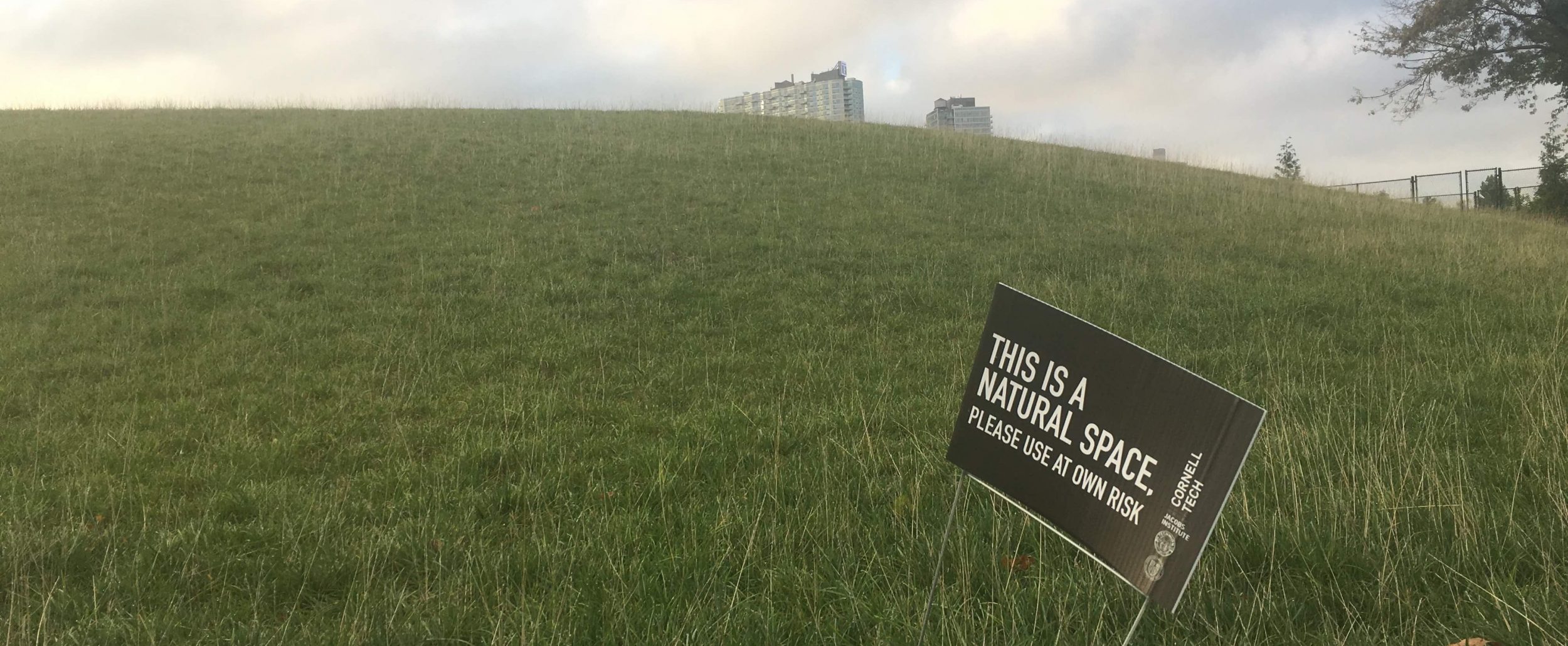Accessibility is key for understanding how greenspaces are used and by whom. Previous research has indicated that there is a strong connection between visiting greenspaces and mental and physical health. However, research within environmental justice has highlighted how access to these greenspaces differs between groups in society based on factors such as: ethnicity, socio-economics and mobility. The aim with this Stockholm-based study is to investigate how we can conceptualise and understand accessibility in a broader more inclusive way. This is done from a wheelchair perspective which is used to discuss the current ways of conceptualising accessibility and how this effects the wheelchair users.

New book chapter: Dahlberg A, Borgström S, Rautenberg M., Sluimer, N. (2022) A nearby park or forest can become Mount Everest. Access to urban green areas by people in wheelchairs from an environmental justice perspective: A Stockholm case. In: Plüschke-Altof B, Sooväli-Sepping H (eds) Whose green city? Contested urban green spaces and environmental justice in Northern Europe. Springer Nature Switzerland AG, Cham. p. 19-40.
Researchers involved: Annika Dahlberg, Sara Borgström
